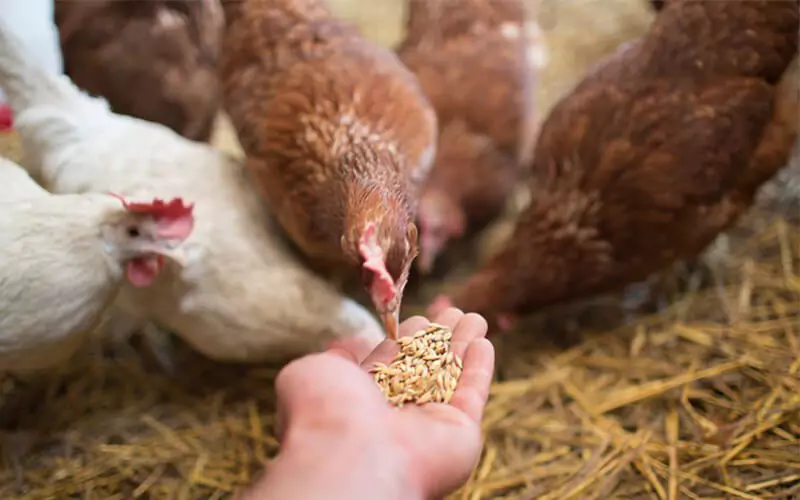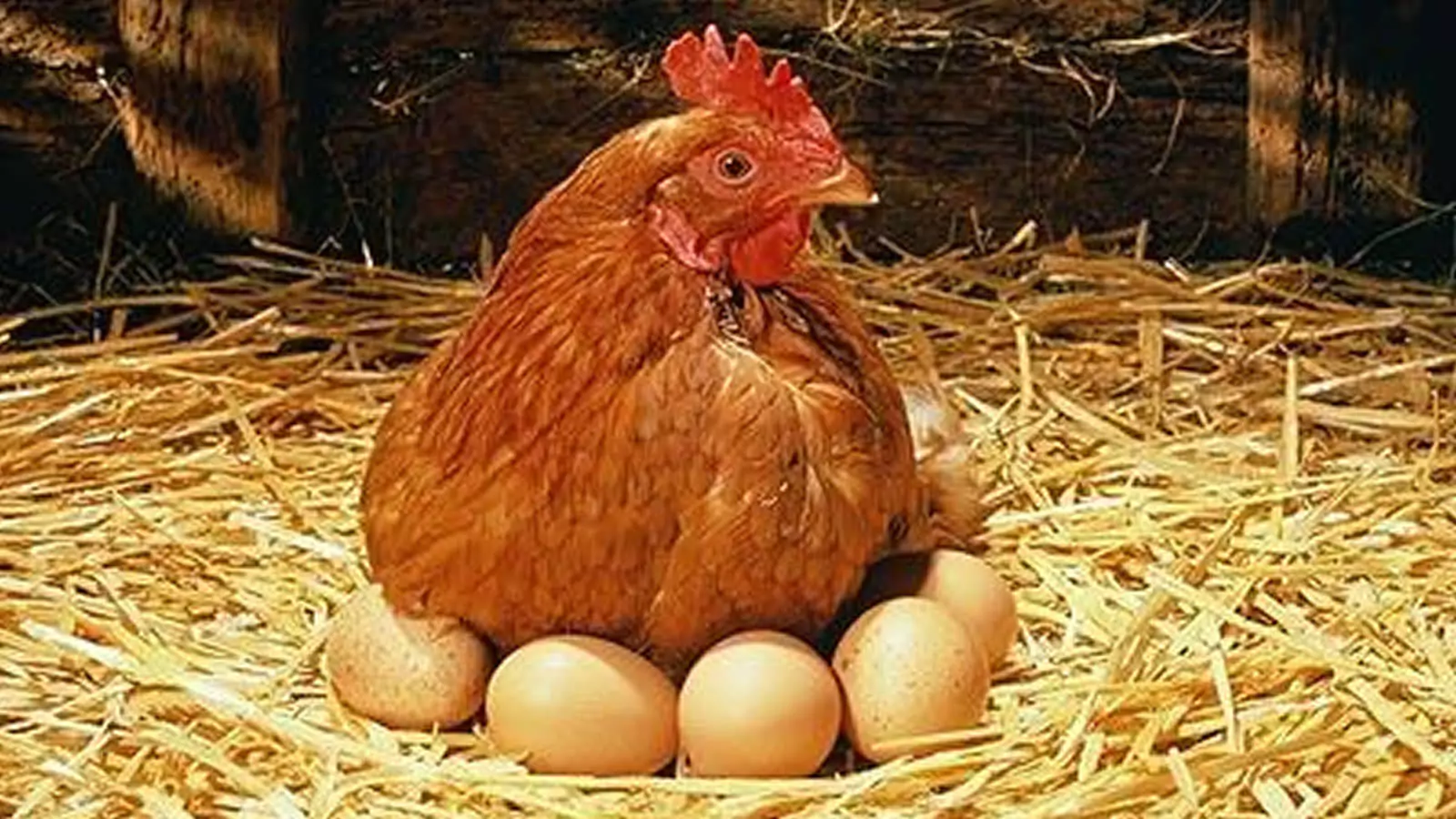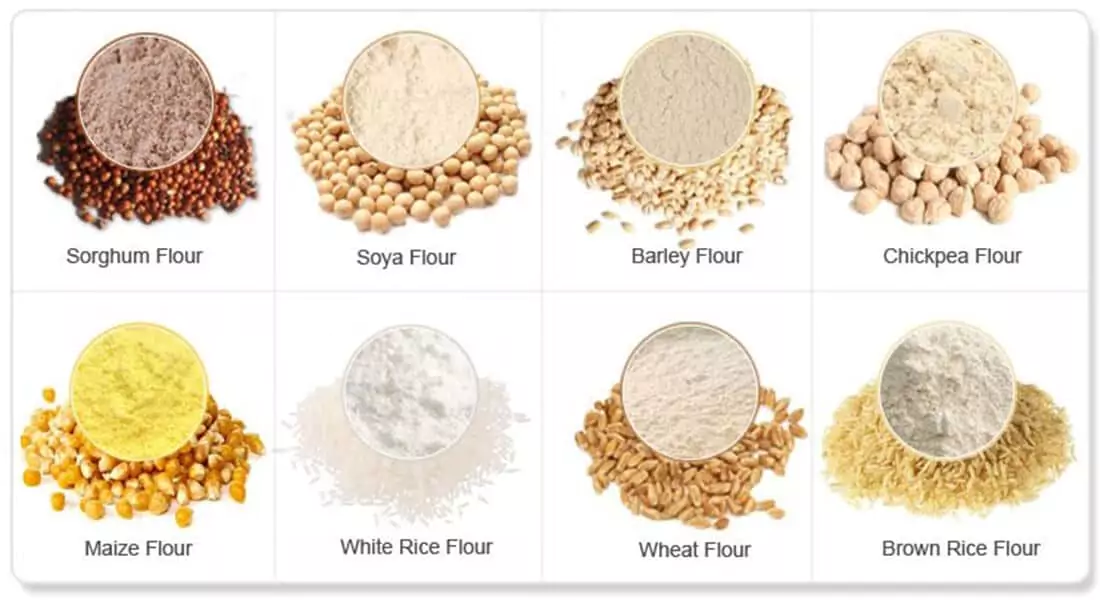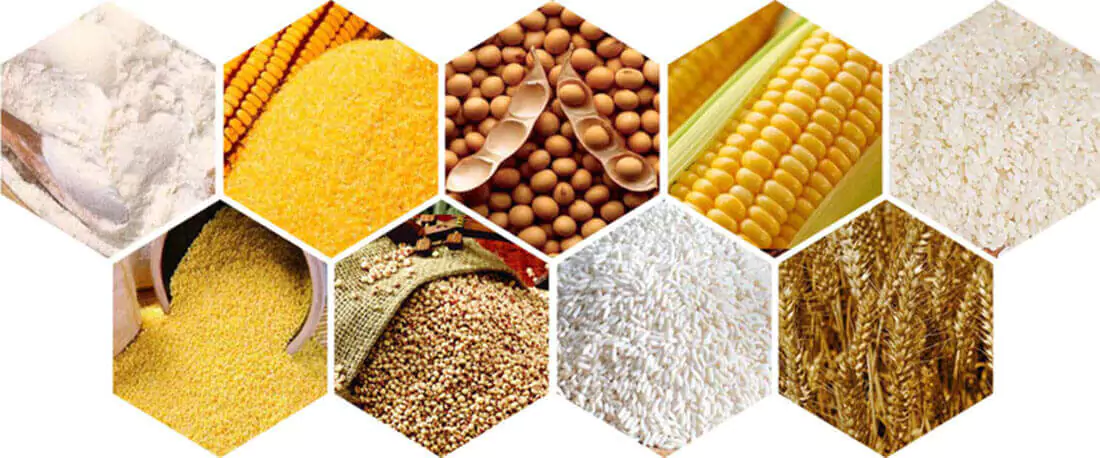A Farmer’s Guide to Poultry Feed Formulation: Better Feed, Healthier Birds
Whether you have a small backyard flock or a large farm, feed is your single biggest cost. It is also the number one key to raising healthy, productive birds.
Making your own poultry feed gives you powerful control over both of these things. It puts you in charge of your budget and your flock’s nutrition.
This guide is a practical walkthrough for farmers. It is not a complex scientific paper. We’ll cover the building blocks of good feed. We will also look at the key ingredients and how to create a simple, balanced recipe for your flock.


Why Proper Poultry Feed Formulation Matters More Than You Think
Creating the right feed for your poultry is a very smart move. It brings several big benefits to your farm.
You Get More, Better-Quality Eggs.
The right feed helps your hens lay more eggs. It gives them the protein and energy they need. A good layer feed also has plenty of calcium and phosphorus. These are key for forming strong eggshells. This means you will have fewer cracked or broken eggs.
Your Hens Will Be Healthier and More Productive.
A balanced diet keeps your flock healthy. It helps them fight off sickness. Healthy hens live longer. They also stay productive for more seasons. Keeping our flock in top shape as the season changes is key.
You Can Control Your Biggest Farm Cost.
Making your own feed lets you make smart choices. You can use good, local ingredients that cost less. This helps you manage your feed bill. It is the best way to control your biggest farm expense.

Understanding the Key Nutritional Needs of Poultry
To make good organic chicken feed, you first need to know what your birds need to be healthy and productive, that is to say, you have to have a good organic chicken feed recipe.
Protein for Growth and Eggs
Protein is essential for your birds. It helps build muscle in your meat birds. For laying hens, it is what they need to form a good egg nearly every day.
Energy for Daily Life
Your flock needs energy for everything they do. This includes walking, growing, and laying eggs. At cooler nights, they also need energy to stay warm. This fuel comes mainly from the grains in their feed.
Calcium for Strong Bones and Shells
Calcium and phosphorus are vital for strong bones. For laying hens, calcium is the most important mineral. They need a lot of it to create a hard, strong eggshell every day.
Vitamins for Overall Health
Your birds also need a range of vitamins and other minerals. These help them fight off sickness and keep their bodies working right. The best way to provide these is to add a good quality “premix” to your feed.
Gathering Your Ingredients: The Poultry Feed Pantry
A good poultry feed is made from a careful mix of different types of poultry feed ingredients.
Energy Grains
The largest part of your feed is the energy source. This is the fuel for your birds. Good choices include Corn, Wheat, and Barley.
Protein Sources
Next, you need protein for growth and eggs. Soybean Meal is a very popular and effective choice. Fish Meal is also excellent, especially in starter feeds.
Calcium for Layers
Laying hens need a lot of calcium for strong shells. You can add Ground Limestone or Crushed Oyster Shell to the main feed mix.
The Must-Have Premix
You must add a good Vitamin & Mineral Premix. This is a non-negotiable step. It ensures your birds get all the vital nutrients they need to stay healthy. Make sure you use a premix made just for layers or just for broilers.
Extras for Your Hens
If your hens are kept in a coop, give them two things in a separate dish. First is grit, which are small stones they use to grind their food. Second is an extra dish of crushed oyster shell. This lets them take more calcium when they need it for making strong eggs. Getting this right now in August is key to keeping the flock strong for the winter.

Formulating Your Feed: Broilers vs. Layers Have Different Needs
You cannot feed a meat bird and an egg-layer the same food. It is a critical mistake. Each bird has a different job, so they need different fuel.
Feeding Broilers: A Two-Stage Mission
The goal for broilers is fast, healthy muscle growth. Their feeding plan is a short sprint. Getting this right means they can reach market weight before the weather turns.
Starter Feed (First 3 Weeks)
For their first three weeks, broiler chicks need a starter feed. This feed is very high in protein, often 22-24%. This protein is the key building block for their rapid early growth.
Grower Feed (3 Weeks and Older)
After three weeks, you switch to a grower feed. The protein level is a little lower. The focus now shifts to providing high energy. This energy helps them add weight efficiently as they get ready for market.
For Layers (Egg-Laying Hens): The Goal is Strong Eggs & Hen Health
Pullet/Grower Feed (approx. 0-18 weeks):
Young hens (called pullets) need a balanced feed with good protein. This helps them develop a strong body and frame before they start laying eggs.
Layer Feed (approx. 18+ weeks):
Once they start laying, their protein needs are more moderate (around 16-18%). However, their need for calcium becomes very high. The feed should have about 3.5% to 4.5% calcium to support daily eggshell formation.
Poultry Feed Formulation for Layers
| Ingredient | Starter Feed (%) | Grower Feed (%) | Layer Feed (%) |
|---|---|---|---|
| Corn | 55 | 60 | 55 |
| Soybean Meal | 20 | 17 | 16 |
| Wheat Bran | 10 | 8 | 12 |
| Fish Meal | 5 | 3 | 2 |
| Calcium Carbonate | 5 | 7 | 8 |
| Premix (Vit & Min) | 3 | 3 | 3 |
| Salt | 2 | 2 | 2 |
| Methionine | 0.1 | 0.1 | 0.1 |
| Lysine | 0.1 | 0.1 | 0.1 |
Poultry Feed Formulation for Broilers
| Ingredient | Pre-starter Feed (%) | Starter Feed (%) | Finisher Feed (%) |
|---|---|---|---|
| Corn | 55 | 60 | 65 |
| Soybean Meal | 25 | 23 | 20 |
| Wheat Bran | 8 | 5 | 3 |
| Fish Meal | 5 | 5 | 2 |
| Calcium Carbonate | 2 | 2 | 3 |
| Premix (Vit & Min) | 3 | 3 | 3 |
| Salt | 2 | 2 | 2 |
| Methionine | 0.1 | 0.1 | 0.1 |
| Lysine | 0.1 | 0.1 | 0.1 |
The Equipment You’ll Need (For Making Mash or Pellets)
You can start simply, or you can get more advanced feed mill equipment for making feed.
For Making a Simple Mash Feed:
A Grinder (Hammer Mill): You will need this to grind your whole grains into a consistent, meal-like texture.
A Mixer: This is for evenly blending all your ground ingredients together. For small batches, this can be done by hand, but a small machine mixer is much better.
For Making Pellets or Crumbles (The Next Level):
A Poultry Feed Pellet Machine (Pellet Mill): This machine takes the mixed mash and uses pressure to press it into solid pellets.
(Optional) A Pellet Crumbler: This machine is useful if you have chicks. It takes finished pellets and breaks them into smaller pieces called “crumbles,” which are perfect for young birds to eat.
6 Steps of Making Your Own Poultry Feed
Making your own poultry feed is a simple and rewarding the process of manufacturing poultry feed. On a cool morning, there’s a real satisfaction in making a fresh batch. Here are the key steps.
1. Choose Your Recipe
First, have a clear plan. Decide if you are making feed for broilers or layers. Also, know the specific age group you are feeding. This will tell you which recipe to use.
2. Weigh Your Ingredients
Accuracy is the secret to a good feed. You must weigh each ingredient with care. Use a good scale and follow your recipe exactly.
3. Grind and Mix
Next, grind all your whole grains into a fine, meal-like texture. After grinding, add all of your ingredients and your premix to the mixer. Blend it all until it is perfectly uniform. A good mix ensures every bite is a complete meal.
4. Finish as Mash or Pellets
At this point, you have a high-quality mash feed that is ready to use.
If you want to make pellets, there are two more steps. You will need to add a little moisture to the mash. Then, run it through your poultry feed pellet machine. Always remember to cool the finished pellets completely before you store them.
Tips from Experienced Farmers for Great Homemade Feed
Always Use a Good Premix
Do not try to mix your own vitamins from scratch. A good commercial premix is the safest and easiest way to give your birds the nutrients they need. Skipping it can cause serious health problems for your flock later on.
Match the Grind Size to the Bird
The texture of your feed is important. Young chicks need a very fine grind or small “crumbles” that are easy for them to eat. Adult birds can handle a slightly coarser mash just fine. If you are making pellets, a uniform grind is key to a good, strong final product.
Watch Your Birds for Feedback
Your birds are your best report card. A good recipe on paper means nothing if they don’t thrive. Watch them. Are they active and healthy and their feathers full and shiny? Are your hens laying eggs with strong shells? As the seasons start to change, a healthy flock is a resilient flock.
Introduce Any New Feed Slowly
Never change your flock’s diet suddenly. Always mix a new feed with their old feed for about a week. Slowly increase the amount of the new feed each day. This gives their digestive systems time to adjust and helps prevent stress.
Conclusion
Making your own poultry feed does take some work. But it is a very smart move for your farm. It gives you amazing control over your flock’s health. It also puts you in charge of your farm’s biggest expense.
By learning the basics and watching your birds, you can make a great feed. This will lead to a healthier flock. It will also make your farm more successful.
FAQ
1. What is the real difference between broiler and layer feed?
The biggest difference is protein and calcium. Broiler feed is very high in protein. This helps the birds build muscle and grow quickly. Layer feed has less protein. But it is much higher in calcium. Hens need this extra calcium to form strong eggshells every day.
2. Is mash, crumbles, or pellets best?
All three types can work. Mash is simple but can be wasteful. Chickens can be picky and flick it out of their feeders. Pellets and crumbles solve this problem. All the nutrients are packed into each piece. Crumbles are just broken-up pellets. They are the perfect starter feed for young chicks because they are small and easy to eat.
3. Can I just feed my flock whole grains?
No, you should not use whole grains as their only food. Chickens love grains, but it is not a complete meal. They need a balanced feed with the right amount of protein, vitamins, and minerals to be healthy. You can give whole grains as a treat, but not as their main diet.
4. How do I correctly add a vitamin/mineral premix?
Always follow the manufacturer’s instructions that are printed on the premix bag. It is usually added as a small percentage (for example, 1-2.5%) of the total mix by weight. It is very important to mix it thoroughly with your other ingredients. This ensures it is evenly distributed throughout the entire batch of feed.
5. Where can I find reliable poultry feed formulation to start with?
Excellent sources for trusted, scientifically-backed poultry feed recipes are your local agricultural university extension services. Government agriculture departments and reputable poultry breed associations also often provide reliable base formulas to start with.
